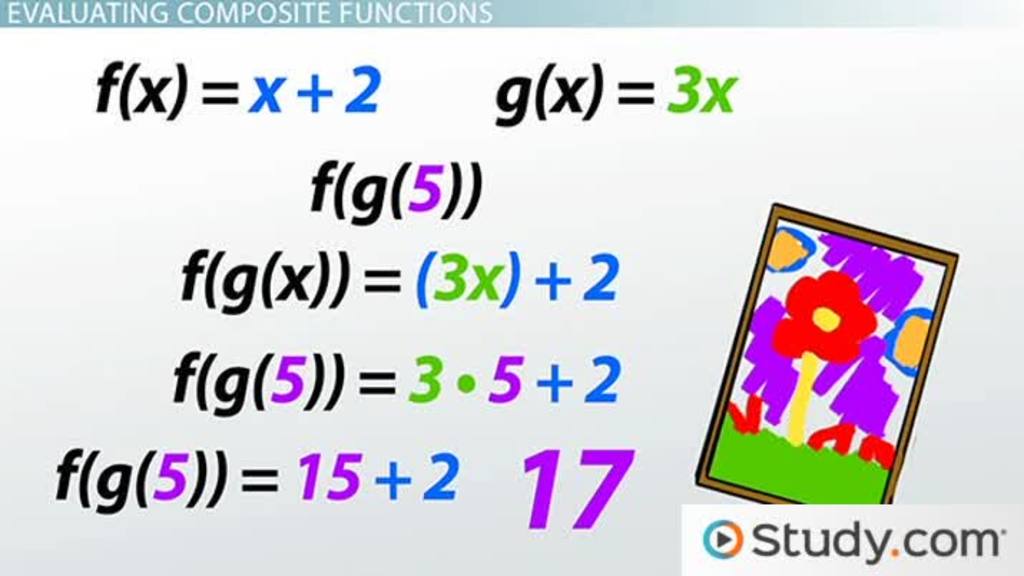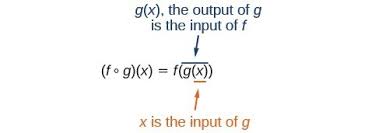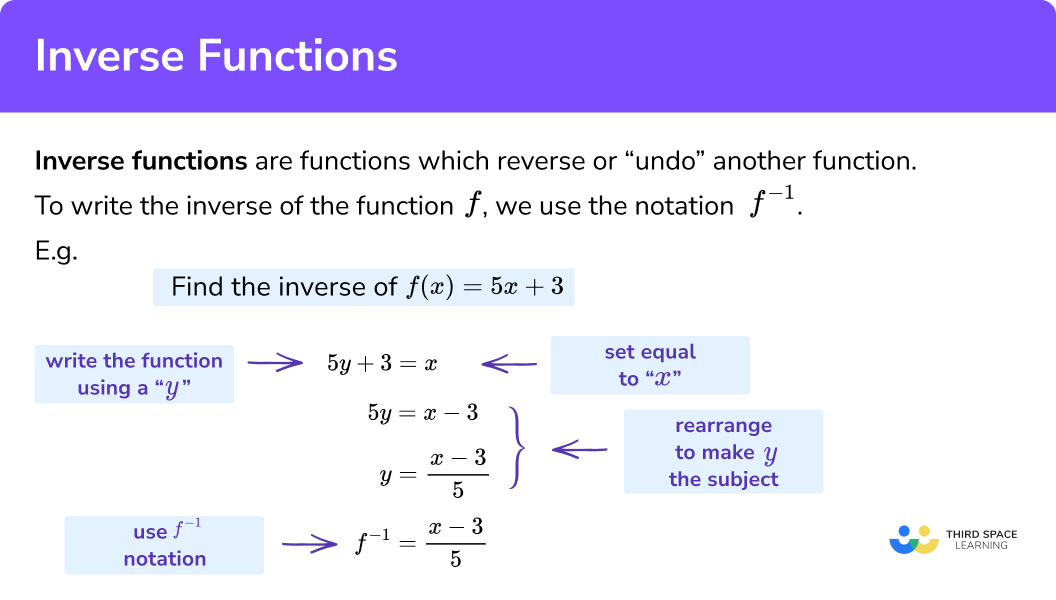Chapter 2 & 7 VOCAB & NOTES
4.7(3)
4.7(3)
Card Sorting
1/11
Study Analytics
Name | Mastery | Learn | Test | Matching | Spaced |
|---|
No study sessions yet.
12 Terms
1
New cards
relation
a set of ordered pairs
List: {(2, 3), (3, 4), (4,5)}
Graph: plotting points
Mapping: domain and range sets \*numerical order, least → greatest, do not repeat members in a set, arrows indicating which y goes with each x
Table: list each x and y in relation
Sentence: y=2x-8
List: {(2, 3), (3, 4), (4,5)}
Graph: plotting points
Mapping: domain and range sets \*numerical order, least → greatest, do not repeat members in a set, arrows indicating which y goes with each x
Table: list each x and y in relation
Sentence: y=2x-8

2
New cards
domain
the set of x-values (or first members) of every ordered pair; the input; the independent variable
3
New cards
range
the set of y-values (or second members) of every ordered pair; the output; the dependent variable
4
New cards
function
special type of relation; a relation in which every member of the domain maps to exactly one member of the range. In order to be a function, a member of the domain, cannot be repeated.

5
New cards
function notation
f(x)=ax+b f(x) is the name of the function; ax+b is how the function is defined
6
New cards
composition functions
start inside → out

7
New cards
discrete functions
disconnected e.g. {(3, 4), (4, 5), (5,6)}
8
New cards
continuous functions
connected e.g. y=x+1
9
New cards
REVIEW
identify
Domain: given graph → \[0, ∞); given list → {-6, 5, 10}
Range: (-∞, ∞) → {1}
Relation or Function?
Continuous or Discrete?
Domain: given graph → \[0, ∞); given list → {-6, 5, 10}
Range: (-∞, ∞) → {1}
Relation or Function?
Continuous or Discrete?
10
New cards
composition
exists if the range of g(x) is a subset of the domain of f(x)

11
New cards
inverse function
a function has an inverse if it satisfies the horizontal pencil test
f(a)=b if and only if f^-1(b)=a
f(a)=b if and only if f^-1(b)=a

12
New cards
REVIEW for 2-1, 7-7, 7-8
Evaluate a function
Graph a relation
Find values of functions
Find inverse and composition of functions
VOCAB: domain, range, vertical line test
Discrete vs. continuous, domain vs. range, function vs. relation
Composing ordered pairs
Graph a relation
Find values of functions
Find inverse and composition of functions
VOCAB: domain, range, vertical line test
Discrete vs. continuous, domain vs. range, function vs. relation
Composing ordered pairs